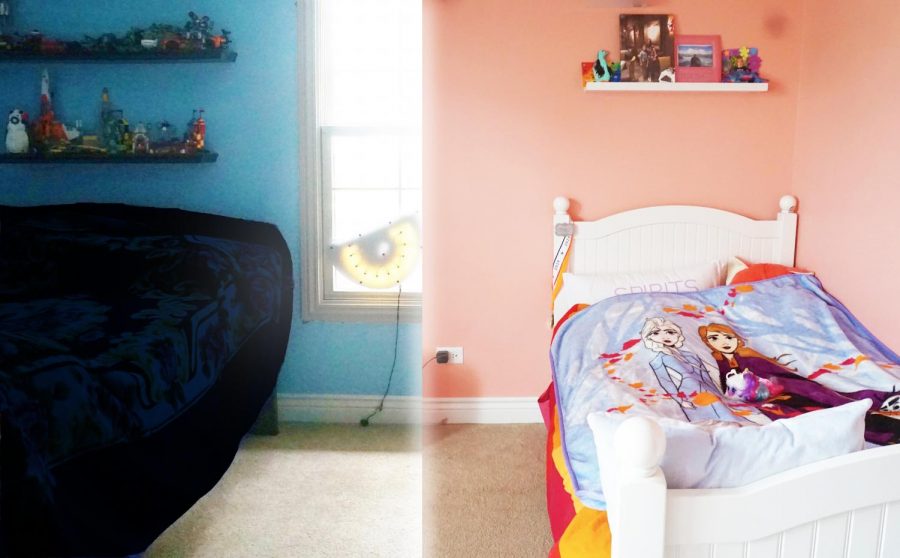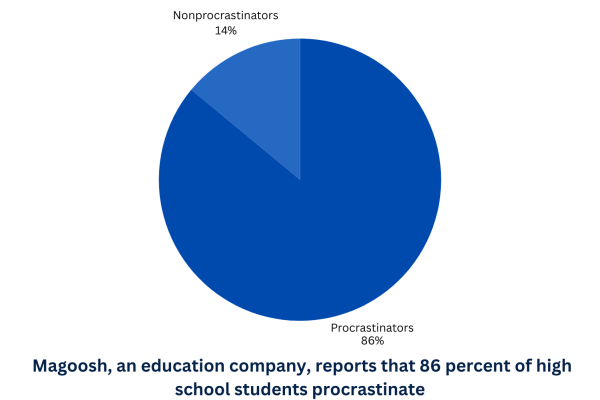Social Conditioning and the Gender Divide
Gender stereotypes have been instilled in children since their early childhood and the issue continues throughout their lifetime.
Our whole lives are made up of choices: whether it’s choosing to eat eggs or cereal for breakfast, to more significant aspects of our lives, like where to go to college and what kind of person we look for in a spouse.
What a lot of people don’t realize is that these important choices stem from a subconscious idea, burned into our minds by society since we were children. Wanting to be accepted and loved, we have continued to conform to these norms, no matter how outdated and misleading some are.
The pressure to conform is known as social conditioning. According to Kara Bosman, an AP Psychology teacher, “Social conditioning is social learning. It happens through observing the world around us and how people around us behave.”
As a white, straight, middle-class girl, gender is the most obvious part of social conditioning I can relate to. Throughout our entire lives, girls and boys have been steered towards different paths: girls to the standard 1950s housewife ideal and boys to getting an education and finding a job. Although conditioning efforts have become less obvious, the effects of these ideas are still here.
My entire life, I’ve had magazines telling me what the latest fashion was, how to lose weight, what haircut looks best with the shape of my head, and how to bake “fun foods” with an Easy Bake Oven. Sure, boys also had the same things thrown at them year after year, but their magazines are covered in planes, sports and Legos, inspiring them to be creative and active.
The older girls become, the more we feel pressure from society. We’re expected to look and act a certain way, and if we don’t follow society’s norms, we’re “slutty” or “ugly” or “reckless.”
An LHS coach once told my team that we looked “sleazy” in our uniforms. And now, I’m sure you’re wondering, what do those uniforms look like? I am not going to describe them to you. Who cares what they look like? How is it, in any way, okay for a man to suggest to a group of teenage girls that they look like sluts? What gives him the right to comment on how we look?
After this incident, I talked to a couple other girls and discovered that some of their coaches at LHS have commented on girls’ bodies, too. One told me about a former LHS coach who basically told her she was fat and “needed to stop eating cheeseburgers.” Again, I am not going to describe to you what she looks like. That doesn’t matter. A grown man should never comment on a teenage girl’s body. We already hear enough about it on social media and in school. However, because society has a picture of what girls should look like, people think they have a right to comment and judge.
Obviously, boys are also expected to act and look a certain way — never be emotional, be tall and muscular, don’t care too much — and these definitely still need to be addressed. The main difference is that men have society to back them up. Women are still fighting for their rights to work, be paid equally and choose what to do with their bodies. First, women must be systemically equal to men before society addresses the cultural change that must occur.
This cultural change must start from the moment a child is born. In reference to all types of social conditioning, Ms. Bosman believes that “the more parents encourage kids to be true to themselves, the more schools and peers encourage individuality, the better.”
No matter how wrong these stereotypes are, they’re going to be in our society for the foreseeable future. The best we can do in a world in which marketing and social media control acceptance is to start in the home. If parents try breaking gender boundaries by buying their daughters Legos (not the kind that are made for girls and have bigger pieces, as if we can’t put together a Lego with smaller pieces) or allowing their sons to wear pink, that will help to decrease the divide. If this is then adopted in schools, by encouraging both genders to challenge themselves in STEM and English fields, we, as a society, will be one step closer to equality.










